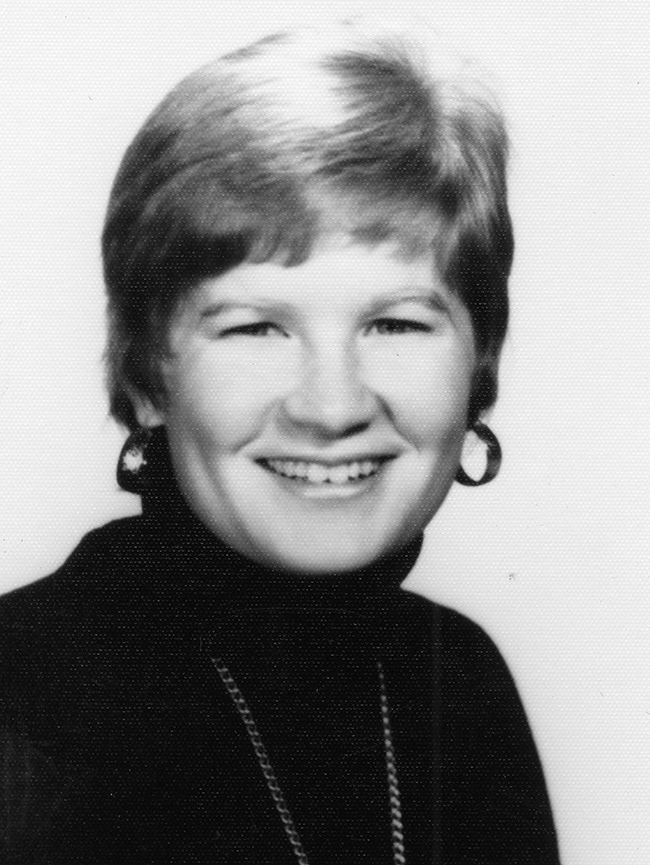
Jean Donovan
In the spring of 1979, a young Jean Donovan, answering a “gut feeling” that she had to “to get closer to Him,” was trained at Maryknoll on the ways of being a lay missioner. That July, she arrived in her first assignment, the nation of El Salvador. The archbishop of the time — the soon to be martyred, future saint — Archbishop Oscar Romero, had recently asked Maryknoll to send more missioners to his area to serve El Salvador’s poor, ignored, and forgotten residents.
Jean served the local farmers and the area’s children. She became known among the locals as “St. Jean the Playful.” When times were getting more and more dangerous, friends back home encouraged her to protect herself and return to the U.S. However, it was the thought of the children that kept her from leaving.
“I almost could [leave] except for the children, the poor, bruised victims of this insanity. Who would care for them? Whose heart would be so staunch as to favor the reasonable thing in a sea of their tears and helplessness? Not mine, dear friend, not mine.”
In March of 1980, Archbishop Romero was shot and killed during Mass. Jean attended the funeral a week later when radicals again attacked the crowd with bombs and guns prompting a panic. Forty people died in the immediate aftermath of the chaos as people trampled other people to seek safety. Jean survived that day, and continued to serve the area’s population.
Several months later, on December 2, 1980, Jean joined her fellow missioner, Ursuline Sister Dorothy Kazel, to the airport to pick up Maryknoll Sisters Ita Ford and Maura Clarke. As they left the airport, they were taken by soldiers, raped, killed, and then buried about 15 miles away.
Jean was only 27 years old when she was murdered, but her legacy has continued for over 40 years in the lives and witnesses of the Maryknoll lay missioners who are either currently serving similar populations in need, or have returned after a period of mission.
Read how Jean Donovan and the other three martyred U.S. church women continue to inspire Maryknoll lay missioner Melissa Altman in El Salvador today: https://mklm.org/news/cns-melissa-altman/
Also:

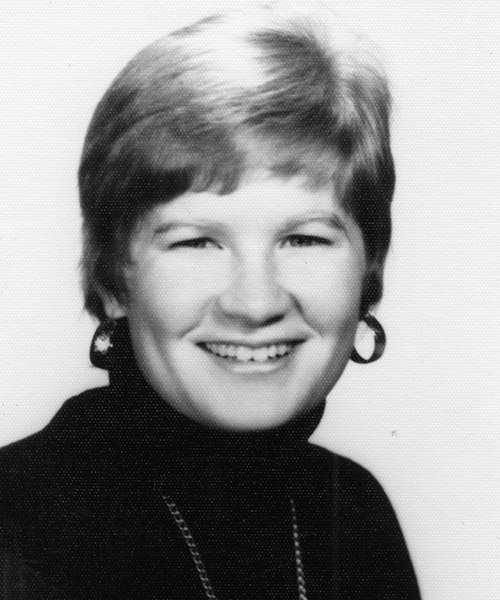

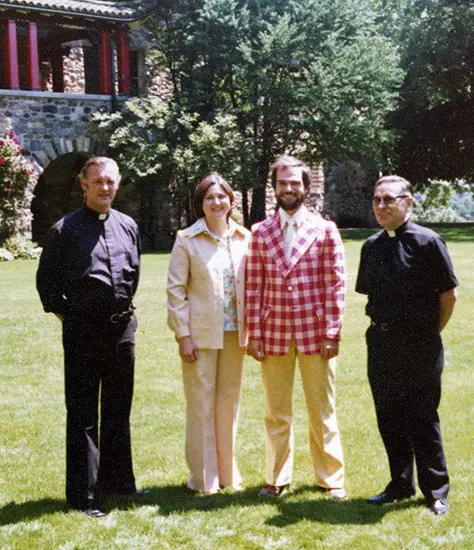
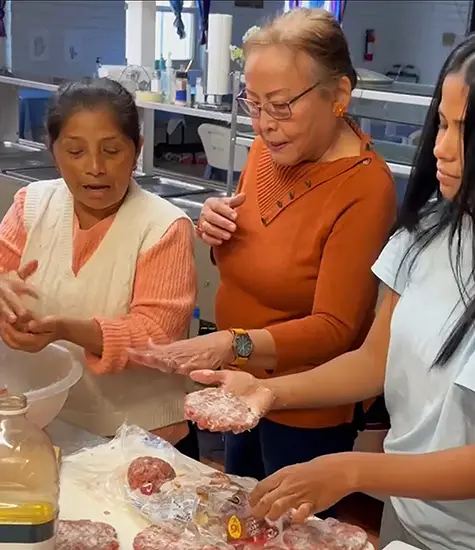
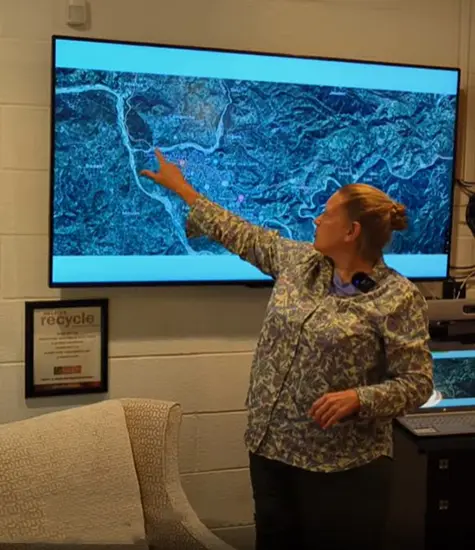




I was a very young woman when this horrible tragedy happened I was devastated. I promised to myself that I will help all Maryknoll Sisters, Lay Workers and Fathers and Brothers as long as I live with whatever amounts I could. The 4 of them gave their life for my country, that is why I would help any way I can.
I wrote to the mother of Sister Ita Ford and poured my grief into her. I have a lot of hope for their future to Sainthood. In my Church we have an altar dedicated to them which now has been extended to other martyrs of El Salvador and I have visited other Catholic churches with altars for them
My husband Javier and I were in post-Sandinista-revolution ministry in Nicaragua in November 1980 when the women were murdered. We were not yet Maryknoll lay missioners, (class of ’85), but were doing pastoral work with indigenous communities in the Lacandón Jungle areas of Chiapas with Bishop Samuel Ruiz. The bishop of Estelí, Nicargua was a friend of Don Samuel’s and had asked for help in working with lay leaders in his diocese, and a group of us agreed to go – a priest, a religious sister, a seminarian-deacon, and the two of us with our three kids in tow (Petul 12, Javi 5, Lety almost 2, and Laura (born six months later)! Since I had been a Maryknoll sister from 1965 to ’71, I knew some of the sisters who were at the meeting in Managua where the four women were present, and we visited our friends and a few others. I knew Maura Clarke who was still working in Nicaragua when we arrived and shortly thereafter left for Salvador. The four women left the day after we were there, December 2nd. We were preparing to return to Mexico because of my immigration status limitations. After the terror and death that awaited them in Salvador, I returned to Mexico two days later with our kids and Javier stayed on to accompany Fr. Miguel D’Escoto, M.M. to El Salvador the following day, to deal with the aftermath and funeral arrangements, etc. Our lives were indeed marked by those days as well as by the lives of several Nicaraguan friends who later became martyrs, murdered by the “contras”, the US-funded “counter revolutionary” war that continued to be waged against Nicaragua from the highlands of the Honduran border, not far from Estelí. There were times of a lot of tension and great sadness, but we were uniquely and greatly blessed to have lived among saints and martyrs, some just everyday folks who, like Maura, Ita, Dorothy and Jean Donovan, gave their lives for the cause of justice for the poor. “The blood of martyrs is the seed of the Church!”